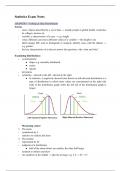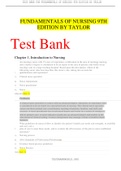Samenvatting
Samenvatting colleges 1CV10 - Fundamentals of Financial And Management Accounting
- Instelling
- Technische Universiteit Eindhoven (TUE)
Dit is een samenvatting van de college slides van het vak 1CV10, Fundamentals of Financial and Management accounting. Met deze samenvatting, heb je de slides niet meer nodig!
[Meer zien]













